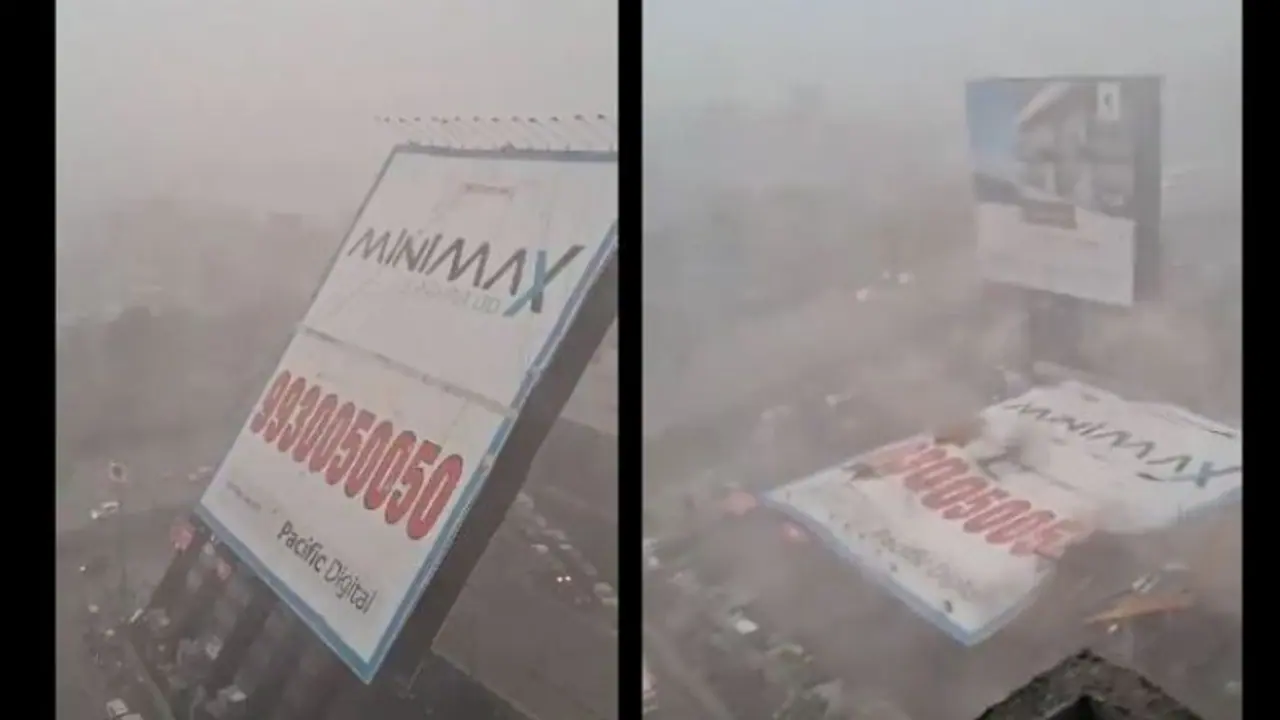The Brihanmumbai Municipal Corporation (BMC) revealed that there are as many as 1,025 hoardings around Mumbai, a figure that seems shocking to many residents who are surrounded by these towering structures at every turn.
In the aftermath of the Ghatkopar billboard collapse, which claimed 16 lives and stirred a city's conscience, Mumbai's municipal authorities find themselves confronting a troubling reality - a proliferation of illegal billboards across the metropolis.

On Wednesday, rescue teams recovered two more bodies from the rubble of the Ghatkopar billboard collapse, adding to the toll of a tragedy that shook the city to its core. The Brihanmumbai Municipal Corporation (BMC) revealed that there are as many as 1,025 hoardings around Mumbai, a figure that seems shocking to many residents who are surrounded by these towering structures at every turn.
MHA issues first citizenship certificates under CAA, granting Indian citizenship to 14 individuals
The collapse, which occurred on May 13, saw a massive 120×120 square foot hoarding crumble onto a petrol pump in Chhedanagar along the Eastern Expressway in Ghatkopar, following a dust storm and strong winds. It was later confirmed that the structure was illegal, highlighting a larger issue of rampant unauthorised billboards that continue to operate with impunity.
In response to the incident, the BMC disclosed details of hoardings across its 24 wards, revealing that certain areas such as D (Grant Road), H-West (Bandra), K-East (Andheri East), and K-West (Andheri West) have a particularly high concentration.
However, all wards report a significant presence of hoardings, with each ward hosting more than 100.
Despite the risks posed by illegal billboards, the BMC reportedly generates around Rs 200 crore in annual revenue from hoarding licenses. Deputy Municipal Commissioner Sanjog Kabare has previously stated that the BMC charges approximately Rs 1.75 lakh per month for a 40×40 square foot structure.
The BMC has established regulations for hoardings, including maintaining a minimum distance of 70 meters between structures, adhering to a size limit of 40×40 square feet, and undergoing a structural audit every two years. However, obtaining permission is a rigorous process involving multiple departments and compliance checks.
After the Ghatkopar tragedy, a blame game ensued between the BMC, Railways, and Government Railway Police (GRP) regarding the ownership of the land where the collapsed hoarding stood. While the BMC pointed fingers at the railways, claiming the hoarding was on railway land, the railways denied responsibility.
The complexity of jurisdictional boundaries poses a challenge, as BMC regulations do not extend to railway land, leaving many billboards unchecked and unregulated. It is reportedly said that there are 179 hoardings on railway land in Mumbai, further exacerbating the enforcement dilemma.
